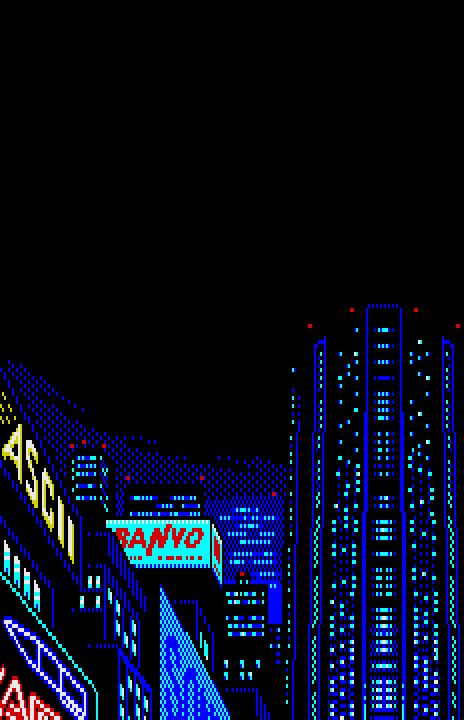

A video article exploring the course and tools of pixel art Before we go dwell on its status today, let us go back in time to revisit the exciting evolution of pixel art through its biggest representative - video games. With the arrival of modern technology, elaborated computing and 3D graphics, pixel art lost its widespread presence, mostly in the fields of consoles and gaming but, contrary to the popular belief, it did not die out. For those familiar with the term, but unfamiliar with its graphic characteristics, a pixel is like a cell in a living organism - it is the most basic structural unit of a digital image (and hence the name: picture + element = pixel). Pixel art, as a form of creating a bigger picture out of small details, was born in the 1970s, when computers and digital art started to gain relevance and, as you can guess, it is based on pixels. When it was time to tackle the topic of pixel art, as one of those movements that perhaps weren’t mainstream but were interesting nevertheless, the first thing she said was “Oh, pixel art? Counted-thread embroidery meets Pointillism within a virtual reality of a computer.” And the truth is that there could be no better description of it.

Back in my student days, I had a rather amazing arts professor.


 0 kommentar(er)
0 kommentar(er)
